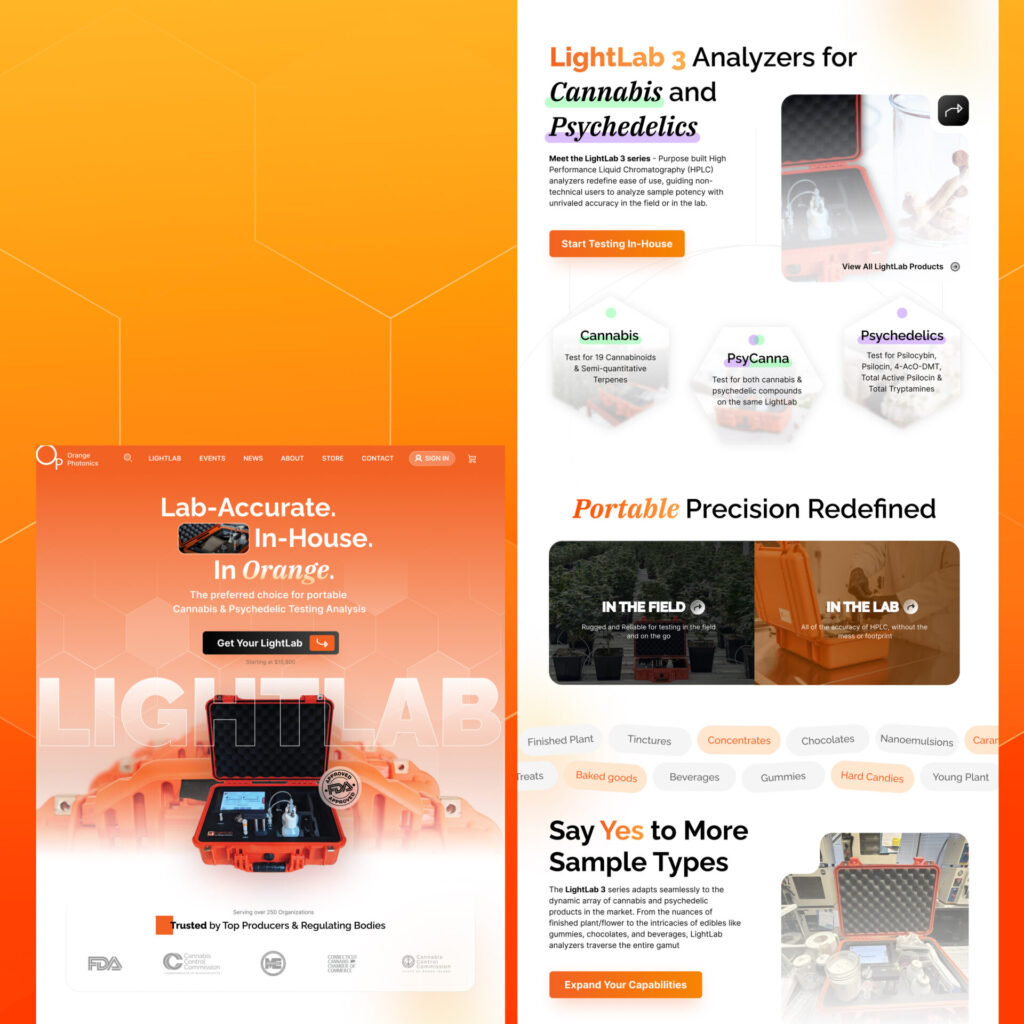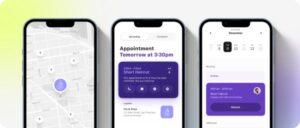In the digital age, a business website is often the first point of contact between a company and its potential customers. A well-designed website that offers a seamless user experience can leave a lasting impression and significantly impact the success of a business. In this two-part blog post, we will explore why professional User Interface (UI) and User Experience (UX) are crucial for business websites. We will delve into the mental and emotional choices behind UI/UX design, the theories that underpin these choices, and the tangible benefits they bring to businesses.
The Power of First Impressions
As the saying goes, “You never get a second chance to make a first impression.” This adage holds true for business websites. Within seconds of landing on a website, users form initial impressions that influence their perception of the brand. Professional UI/UX design ensures that the website’s visual elements, layout, and navigation are aesthetically pleasing and intuitive. A visually appealing website with easy-to-use navigation helps create a positive first impression, drawing users in and encouraging them to explore further.
Creating an Emotional Connection
Beyond aesthetics, UI/UX design has the potential to create an emotional connection with website visitors. Emotions play a significant role in decision-making, and businesses that can evoke positive emotions through their website design have a greater chance of building brand loyalty and trust. Thoughtful design elements, such as color schemes, imagery, and typography, can evoke specific emotions and align with the brand’s identity, fostering a deeper connection with the audience.
Cognitive Load and User Engagement
Cognitive load refers to the mental effort required to process information. In the context of website design, reducing cognitive load is critical to ensuring a smooth and enjoyable user experience. Professional UI/UX designers employ strategies to simplify complex information, organize content logically, and present it in a digestible manner. By minimizing cognitive load, users can navigate the website effortlessly, leading to higher user engagement and increased time spent on the site.
Understanding User Behavior and Navigation
In-depth research into user behavior is at the core of effective UI/UX design. Understanding how users interact with a website, what they are looking for, and how they navigate through different pages allows designers to optimize the website’s layout and features. User data and analytics provide valuable insights, guiding designers to make data-driven decisions that enhance the overall user experience.
Consistency and Branding
Consistency in UI/UX design is essential for reinforcing a brand’s identity and creating a seamless user experience. Elements such as logo placement, color schemes, and typography should be consistent throughout the website. A unified brand experience fosters familiarity, trust, and recognition among users, which can positively impact their perception of the business.
Human-Centered Design
UI/UX design principles are rooted in the concept of human-centered design, which places the needs and preferences of users at the forefront. By empathizing with the target audience, designers can create intuitive interfaces that cater to users’ expectations. User testing and feedback play a vital role in refining the design, ensuring that the website aligns with users’ mental models and preferences.
Gestalt Principles in UI/UX Design
Gestalt psychology emphasizes how humans perceive and organize visual information. In UI/UX design, Gestalt principles play a significant role in creating visually cohesive and intuitive interfaces. These principles include proximity, similarity, closure, continuity, and figure-ground, among others. By applying Gestalt principles, designers can arrange elements in a way that simplifies users’ comprehension of information and improves the overall flow of the website.
Hick’s Law and Fitt’s Law
Hick’s Law states that the time taken to make a decision increases with the number of choices available. In the context of UI/UX design, this principle highlights the importance of minimizing complexity and providing clear, straightforward navigation paths. Fitt’s Law, on the other hand, posits that the time required to reach a target depends on the target’s size and distance. Designers can leverage Fitt’s Law to ensure that essential elements, such as call-to-action buttons, are easily accessible and user-friendly.
Jakob’s Law and the Principle of Least Astonishment
Jakob’s Law states that users expect a website’s design and functionality to align with their past experiences on other websites. Applying Jakob’s Law involves adhering to familiar design patterns and industry standards, which reduces the learning curve for users and ensures a more intuitive experience. Similarly, the Principle of Least Astonishment emphasizes designing interfaces that do not surprise or confuse users, as unexpected interactions can lead to frustration and dissatisfaction.
Mobile Responsiveness and Adaptability
With the increasing prevalence of mobile devices, responsive design has become an integral aspect of UI/UX. A professionally designed website adapts seamlessly to various screen sizes and devices, providing a consistent and user-friendly experience across desktops, tablets, and smartphones. A mobile-responsive website is not only crucial for user satisfaction but also positively impacts search engine rankings, as search engines prioritize mobile-friendly websites in search results.
Tangible Benefits for Businesses
Investing in professional UI/UX design yields numerous tangible benefits for businesses. A user-friendly website enhances customer satisfaction and reduces bounce rates, encouraging visitors to explore more pages and potentially convert into leads or customers. A positive user experience fosters brand loyalty, with satisfied customers more likely to return and recommend the business to others.
Moreover, an intuitive UI/UX design streamlines the customer journey, making it easier for visitors to find relevant information, products, or services. This, in turn, can lead to higher conversion rates and increased sales. A well-designed website also bolsters a company’s reputation, positioning it as a credible and trustworthy brand in the eyes of its audience.
Professional UI/UX design is vital for business websites as it is informed by theories and best practices that cater to users’ mental and emotional choices. By applying Gestalt principles, Hick’s Law, Fitt’s Law, Jakob’s Law, and the Principle of Least Astonishment, designers can create visually cohesive, intuitive, and user-friendly interfaces.
Mobile responsiveness and adaptability are essential considerations, given the prevalence of mobile browsing. The tangible benefits of investing in professional UI/UX design include improved customer satisfaction, reduced bounce rates, increased conversions, enhanced brand loyalty, and a positive impact on a business’s reputation.
By prioritizing a well-crafted website user experience, businesses can set themselves apart from competitors, strengthen their online presence, and create meaningful connections with their target audience.



